Enduring The Grind Of Calving Season
April 6, 2018
By Joseph L. Murphy, Iowa Soybean Association
The rolling hills of Bryan Reed’s farm near Albia provided a serene backdrop as cows and calves bask in the spring sun.
Reed navigated his utility vehicle through the pastures checking the health of calves that were born just days earlier. With the sun shining you could see a spring in Reed’s step as he finished his daily chores. That hasn’t been the case for the majority of his calving season though.
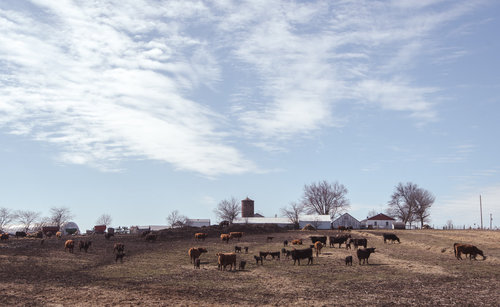
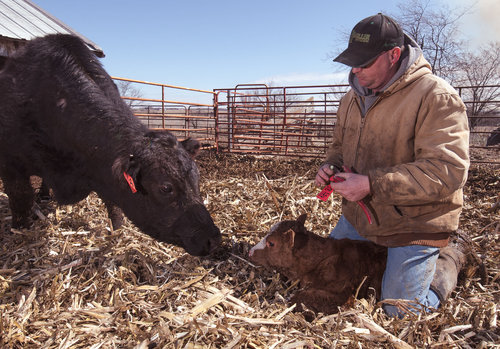
The calendar says spring, but Mother Nature refuses to close the door on winter. Snow, ice and rain have made this calving season especially tricky.
“My coat still shows signs of the challenges earlier this week. I had days where I was rotating coats every few hours while trying to stay dry and warm,” Reed says while looking at a pasture speckled with new calves and their mothers. “The sun makes a difference when you are checking calves and doing chores.”
Calving season starts in mid-February at Reed's farm and goes through late May. It isn't a surprise that winter is a difficult time to care for livestock, but some winters are more comfortable than others.
"It happens regardless of the weather. It's going on 24/7 whether the weather is cooperating or not. Whether you are sick or not," Reed says.
Reed recalled several years ago when a fight with the flu came during a rush of calves.
"My wife drove me to the emergency room because I got run down," Reed says. "They gave me IV fluids and I was back home working with the heifers later that night. You have one chance to keep that calf alive and that is my paycheck for the year."
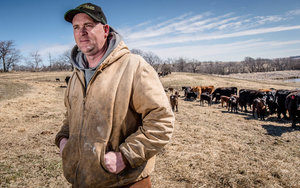
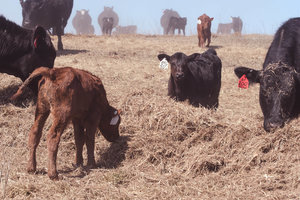
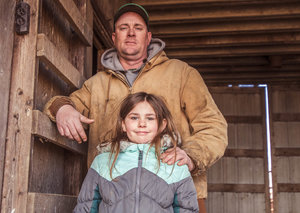
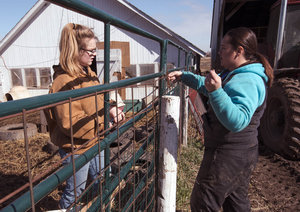
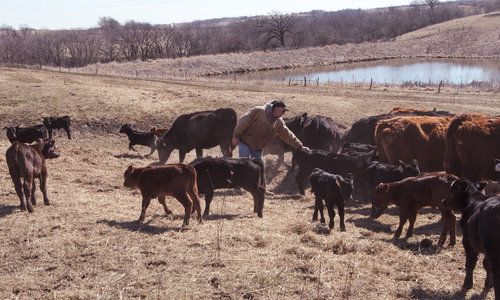
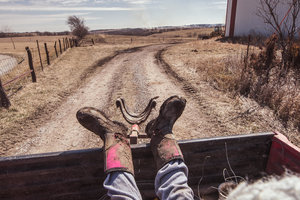
During a typical spring calving season, Reed expects about 240 calves and another 60 during the fall. But over the years he has discovered that there is nothing ordinary about calving season.
"Every day is different and has different issues to deal with," he says. "Some days you are an OB/GYN assisting with difficulties in delivery. Other days you are a vet trying to figure out what's wrong with a calf to help it."
Reed also added nutritionist to the list of his job responsibilities during calving season to make sure that the mothers are getting the nutrients needed to give birth and take care of their calves.
"Sometimes you even have to be a rodeo clown dodging a protective mother while helping a calf," Reed says as he scanned the pasture filled with mothers and babies.
Even though the grind of calving season means work around the clock through challenging weather conditions he wouldn't have it any other way.
"It's what I do and I don't know anything different. When you turn the cows and calves out into the pasture for the summer, you can see how well they are doing. It makes all the challenges of getting them started worthwhile," he says. "To know I'm feeding someone else and that person doesn't have to fight these battles gets me through it. I'll be cold and muddy and worn out if that means someone else can have safe affordable food."
Video by Joseph L. Murphy. Cows and calves bask in the spring sun at the Reed farm near Albia.